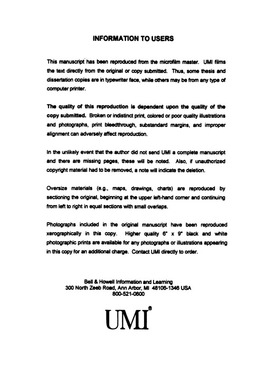| dc.contributor.advisor | Henry, Richard B. C., | en_US |
| dc.contributor.author | Milingo, Jacquelynne Brenda. | en_US |
| dc.date.accessioned | 2013-08-16T12:30:52Z | |
| dc.date.available | 2013-08-16T12:30:52Z | |
| dc.date.issued | 2000 | en_US |
| dc.identifier.uri | https://hdl.handle.net/11244/5943 | |
| dc.description.abstract | Sulfur abundance gradients and heavy element ratios for the Milky Way Disk are constructed based upon newly acquired spectrophotometry of Type II planetary nebulae (PN). These spectra extend from 3600--9600 angstroms allowing us to use the [SIII] 9069 and 9532 angstrom lines to improve upon earlier sulfur abundance estimates. Considering a significant portion of sulfur in PN exists in the S(+2) ionization stage (and higher) this method should allow us to extrapolate more reliable total element abundance from ionic abundances. Given the progenitor mass and location of Type II PN (close to the Galactic disk), this sample of objects is free of nucleosynthetic self-contamination and thus their S abundances in particular are expected to reflect levels of these elements in the interstellar medium at the time of PN progenitor formation. These sulfur abundances provide constraints for studying various aspects of GCE such as massive star yields and the distribution of S across the Milky Way disk. | en_US |
| dc.format.extent | vii, 119 leaves : | en_US |
| dc.subject | Milky Way. | en_US |
| dc.subject | Sulfur | en_US |
| dc.subject | Physics, Astronomy and Astrophysics. | en_US |
| dc.title | Abundances of sulfur in the Milky Way Disk from Peimbert Type II planetary nebulae. | en_US |
| dc.type | Thesis | en_US |
| dc.thesis.degree | Ph.D. | en_US |
| dc.thesis.degreeDiscipline | Homer L. Dodge Department of Physics and Astronomy | en_US |
| dc.note | Source: Dissertation Abstracts International, Volume: 61-02, Section: B, page: 0892. | en_US |
| dc.note | Adviser: Richard B. C. Henry. | en_US |
| ou.identifier | (UMI)AAI9962972 | en_US |
| ou.group | College of Arts and Sciences::Homer L. Dodge Department of Physics and Astronomy | |
